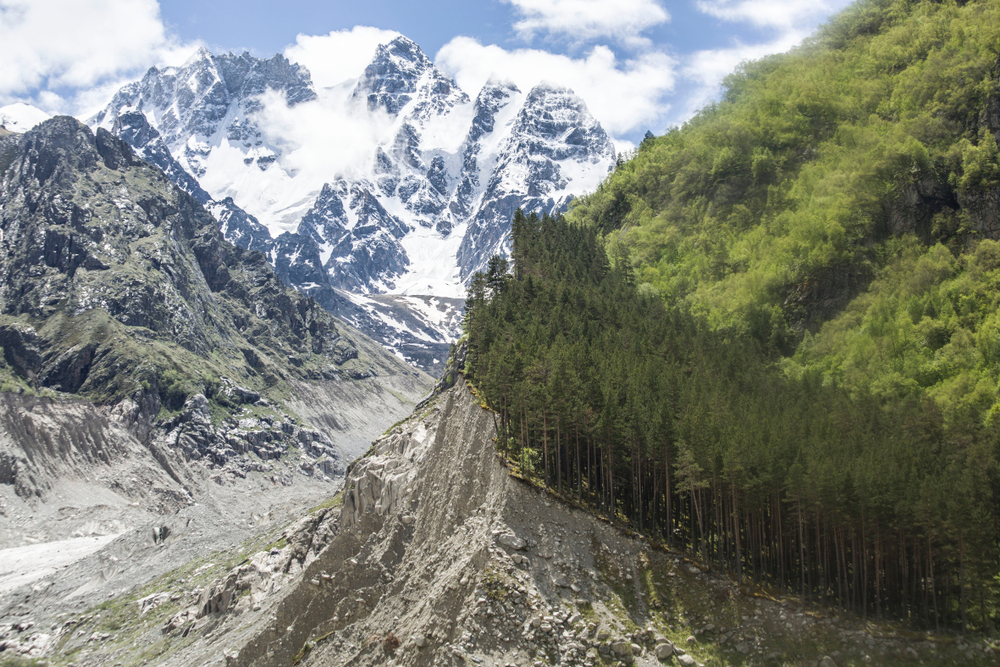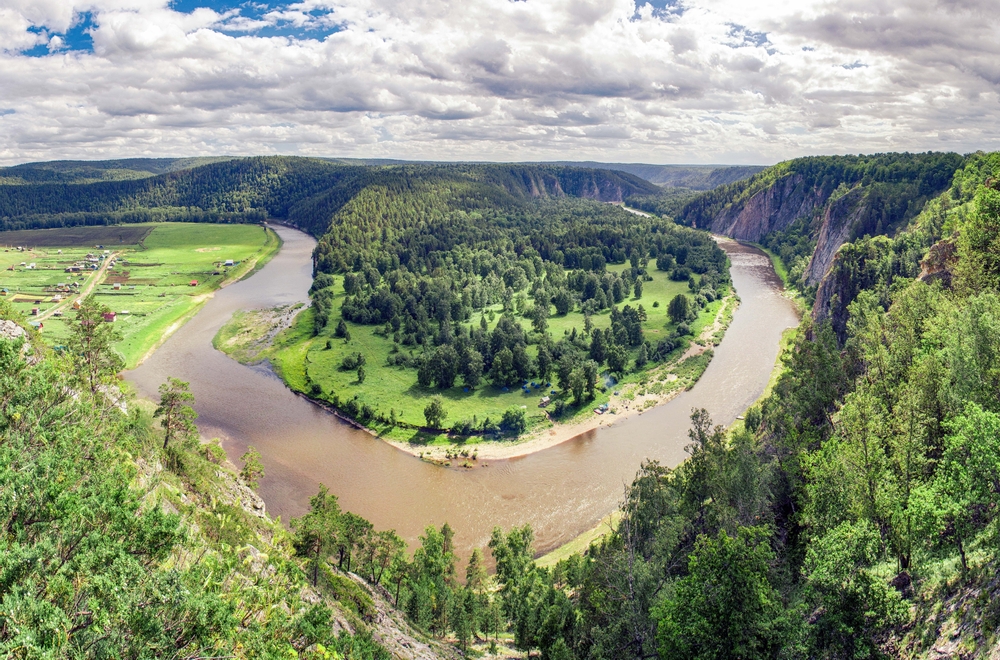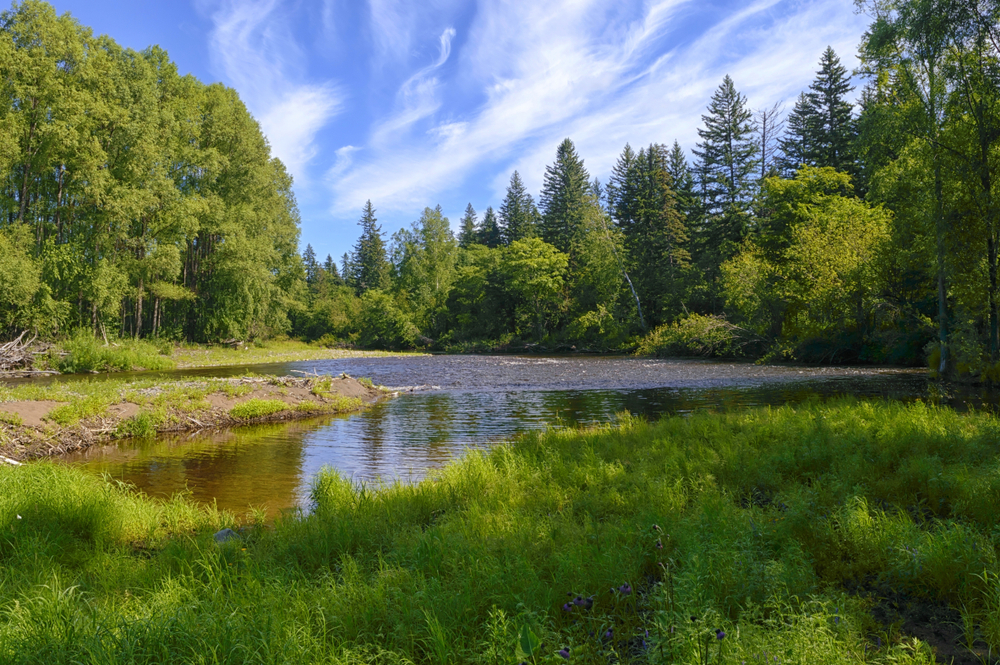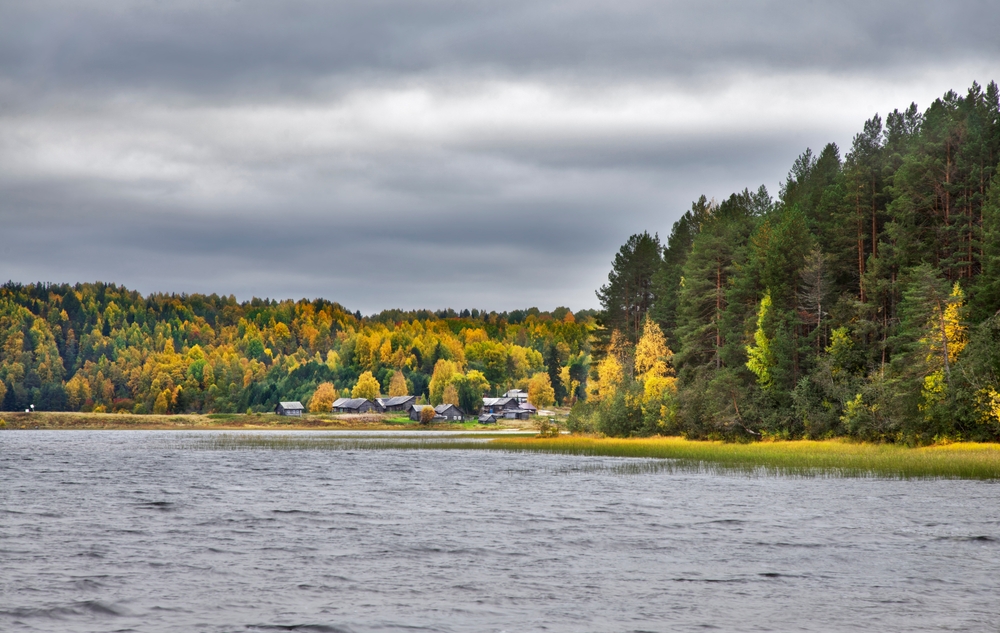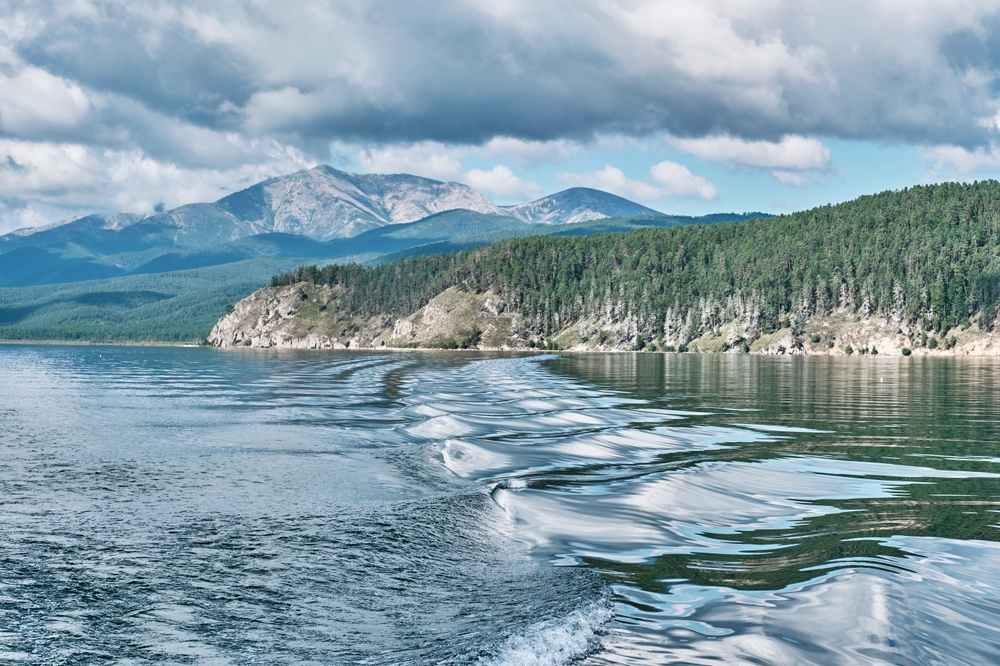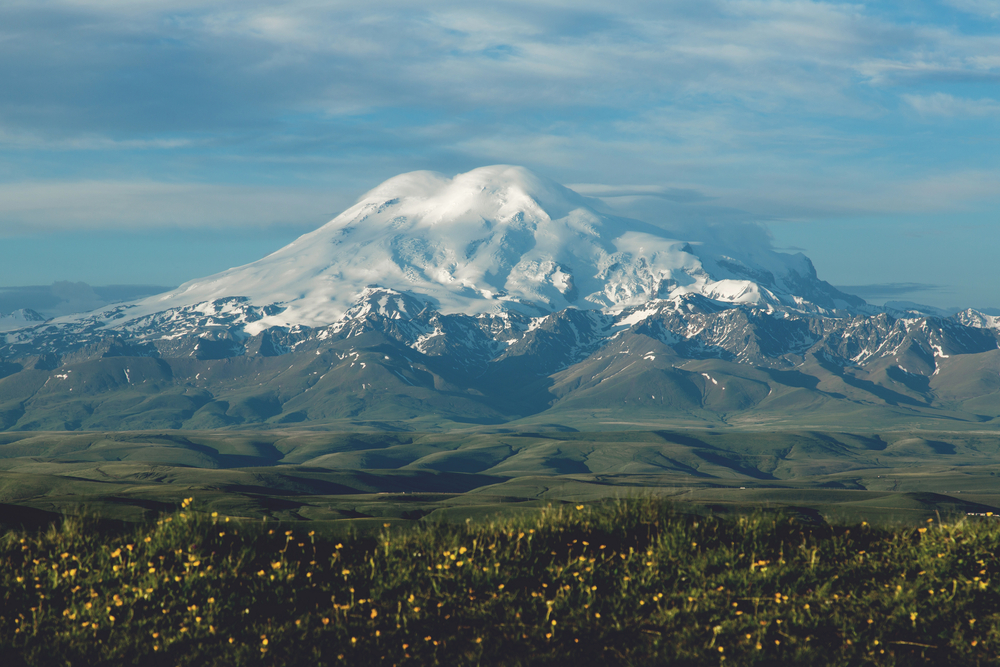Russian Arctic Overview
Russian Arctic National Park, or Русская Арктика (Russkaya Arktika), is a vast protected area located in the extreme north of Russia. Covering approximately 22,268 square miles (57,900 square kilometers), the park is one of the largest national parks in Russia.
Situated in the Arctic Ocean, it encompasses the northernmost territories of the Franz Josef Land archipelago and part of the northern Novaya Zemlya archipelago, making it a remote and challenging destination for visitors. The park’s icy landscapes are shaped by massive glaciers, towering ice cliffs, and barren tundra, creating a dramatic, frozen wilderness.
The terrain is dominated by glacial plateaus, permafrost-covered lands, and jagged coastal cliffs, while massive icebergs drift in the surrounding Arctic waters. Some of the most notable features include the towering Rudolf Island Ice Cap, the rugged cliffs of Cape Fligely, and the vast expanse of the Severny Island ice fields.
The park is home to an extraordinary array of Arctic wildlife, thriving in one of the planet’s harshest environments. The polar bear, the apex predator of the region, is frequently spotted traversing the ice in search of prey. Other key mammals include walruses, Arctic foxes, and ringed seals, which rely on the icy terrain for survival. The frigid waters also host massive congregations of beluga whales, narwhals, and bowhead whales.
The region is a crucial nesting site for seabirds, including thick-billed murres, black-legged kittiwakes, and little auks, which flock to the sheer cliffs in the summer months. The park is an essential part of the global Arctic ecosystem, supporting one of the world’s largest populations of ivory gulls.
Visitors to Russian Arctic National Park are drawn to its extreme and untouched beauty. One of the most popular activities is wildlife viewing, especially the chance to observe polar bears in their natural habitat. Icebreaker cruises provide an opportunity to explore the region’s frozen landscapes, weaving through towering ice formations and glacial fjords.
The park’s remote islands, including Hooker Island and Champ Island, are home to spectacular rock formations, such as the mysterious stone spheres of Champ Island. History enthusiasts can visit remnants of early Arctic exploration, including abandoned Soviet research stations, weathered wooden huts from 19th-century polar expeditions, and relics from Willem Barentsz’s 16th-century voyage. The park offers an unparalleled sense of isolation and adventure, making it one of the most unique travel experiences in the world.
Due to its extreme location and fragile ecosystem, Russian Arctic National Park faces significant conservation challenges. Climate change is rapidly altering the Arctic environment, leading to melting ice, habitat loss for polar bears and other species, and changing migration patterns of marine life.
Increased human activity, including Arctic shipping and potential resource exploration, poses further threats to the delicate balance of the region. However, the park’s strict protections and Russia’s growing focus on Arctic conservation have helped maintain its status as one of the world’s last great wilderness areas.
Scientific research in the park continues to monitor the impacts of climate change, and conservation efforts aim to protect the region’s unique biodiversity while allowing for controlled, sustainable tourism.












































































